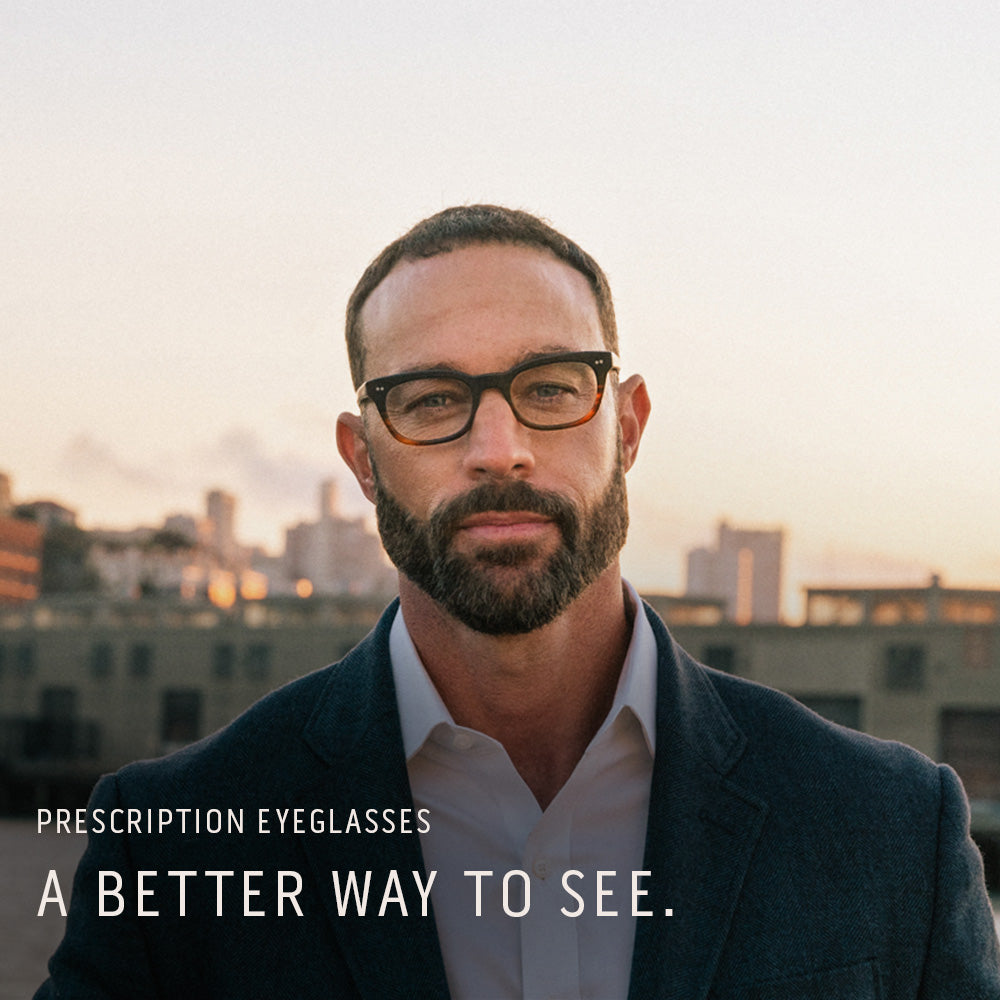Menu
- EV READERS™
Reading Glasses, Reimagined
Mobile Menu
SHOP EV READERS BY BRAND
SHOP EYEGLASSES BY BRAND
SHOP SUNGLASSES BY BRAND
SHOP READING GLASSES BY BRAND

Reading
EXTENDED VISION™ READING GLASSES
Introducing EV Readers: Reading glasses tailor-made to your measurements and designed for the way you need to see.
SINGLE VISION READING GLASSES
Handmade frames in styles by Raen, STATE Optical and L&F paired with custom-made single vision reading lenses.
EXTENDED VISION™ READING GLASSES
Introducing EV Readers: Reading glasses tailor-made to your measurements and designed for the way you need to see.

SINGLE VISION READING GLASSES
Handmade frames in styles by Raen, STATE Optical and L&F paired with custom-made single vision reading lenses.

Prescription
LENSES
Now you can get custom-made lenses with premium coatings mounted into your own favorite frames. Enjoy a better reading glass experience with our collection of Extended Vision™ Reading Lenses. Or give your favorite prescription glasses a second life with our premium Rx Replacement Lenses.
Now you can get custom-made lenses with premium coatings mounted into your own favorite frames. Enjoy a better reading glass experience with our collection of Extended Vision™ Reading Lenses. Or give your favorite prescription glasses a second life with our premium Rx Replacement Lenses.

SHOP REPLACEMENT LENSES

SHOP OMBRAZ LENSES

SHOP EXTENDED VISION™ READING LENSES

Selecting the proper lens material for your new glasses
We make the choice easy for the the right lens material for your custom-made prescription eyewear.
We offer two lens materials - Polycarbonate or High Index 1.67. The key to making your decision is found in your vision prescription. Look to the first column of vision numbers under the title "SPHERE". If you see numbers that are between +4.00 to -4.00 then Polycarbonate lenses will be right for you. They will produce thin, lightweight and impact-resistant lenses.
On the other hand, if your numbers in the SPHERE column are beyond +4.00 to -4.00 range, then we recommend you select High Index 1.67 lens material because High Index lenses are a specialty lens material that can produce the thinnest and lightest weight lenses possible - even for stronger power corrections.
All of our top quality lens materials come with premium Anti-Reflection coatings that are applied in-house at our state-of-the-art lab in Southern California. Premium Anti-Reflection coatings knock down irritating bounce-back reflections for a more comfortable and clear view, plus they also feature hydrophobic and oleophobic properties that help to keep your lenses clean longer - and make it easier to clean them when they do get smudged.
Also in Eyewear Explainers

How to Choose the Right Extended Vision Reader
If you’ve ever wondered why your reading glasses work great for your phone but fall apart when you look at your computer screen—or why your progressives feel awkward at your desk—you’re not alone. As our days bounce between screens, documents, and the spaces around us, one pair of “reading glasses” isn’t always enough.

A Different Way To Reader
Disappointed with cheap reading glasses that can't focus clearly between your phone and your computer screen? Expect more from your reading glasses when you step up to Extended Vision readers by Lens & Frame Co. with lenses that are custom-made to your measurements using the same lens designs and multi-layer anti-reflection coatings as top-shelf Rx Computer Progressives.

What are progressive glasses, who needs them and how do they help people see more clearly
Save 15% today
Join the L&F Insider mailing list and get 15% off your order.*
* Valid for orders over $100
Let the savings begin!
LANDF-XXXXXX
Use CodeClick the button above to automatically apply your discount code to your order.







